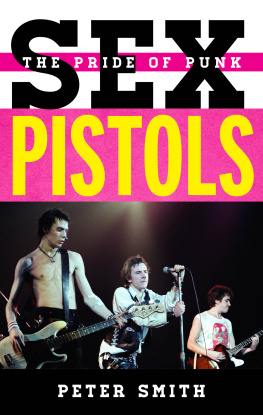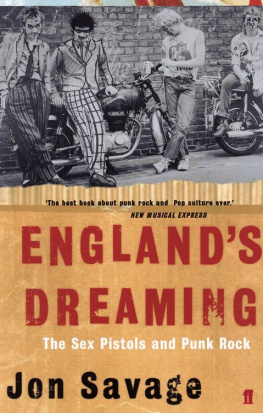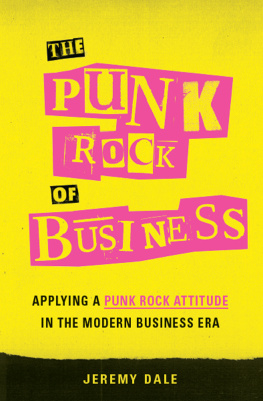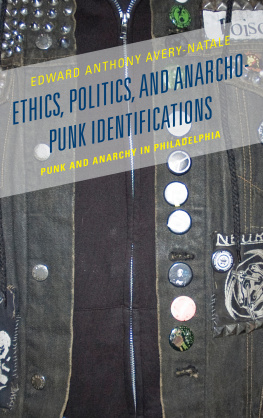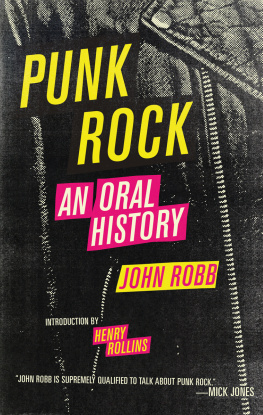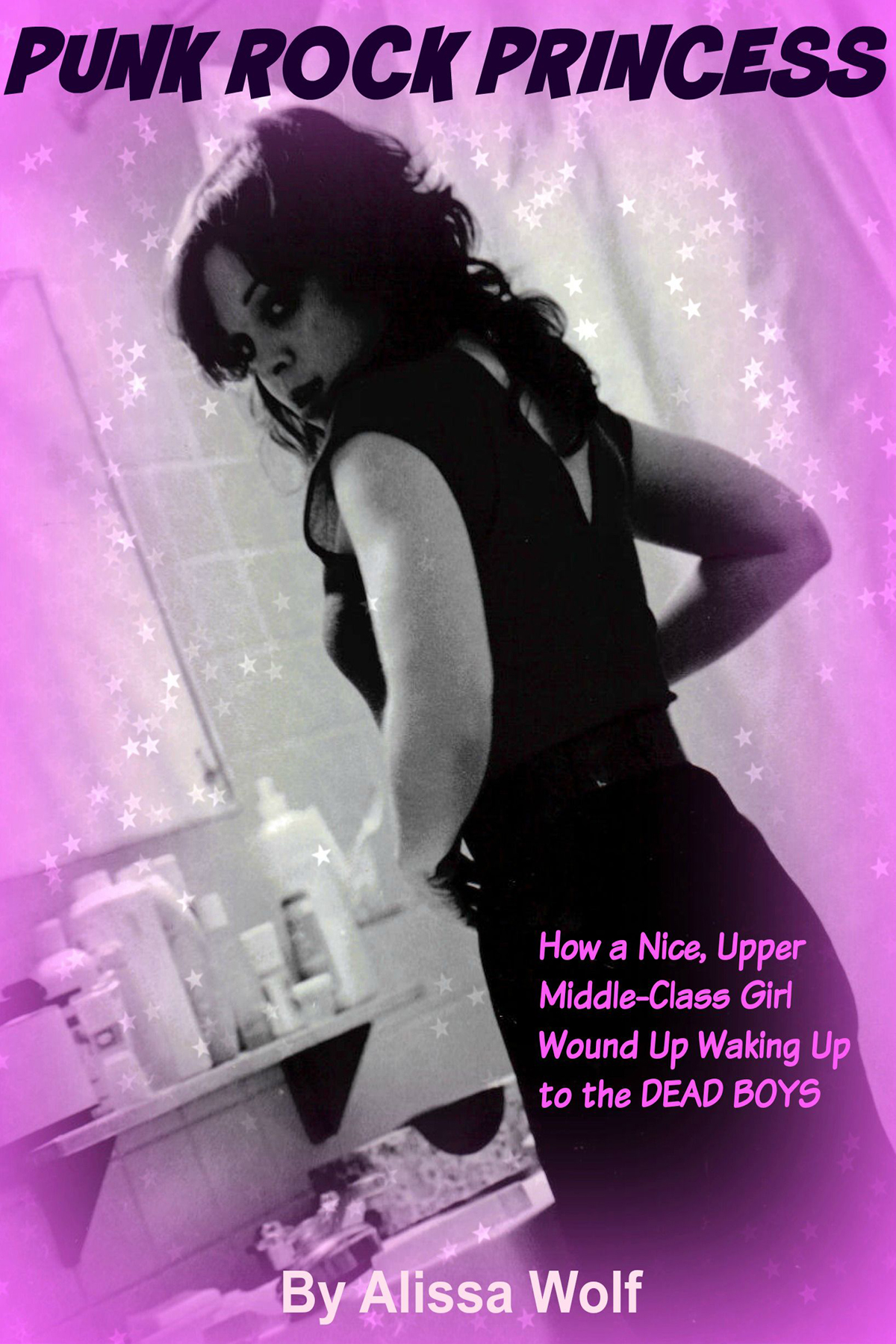Introduction
Music in its various forms has been my passion since I was baking in my mom's oven, where I gestated to the strains of everyone from Frank Sinatra and Tony Bennett to Joe Williams, Miles Davis, Gene Krupa, Nina Simone and other jazz and popular legends of the day.
In my house, music was sacred. Each week, popular Philadelphia radio personality Sid Mark would host a show called "Fridays with Frank." My mom was so fanatically enamored of Ol' Blue Eyes that my brother and I were expressly forbidden from speaking, moving or even breathing while this show was on the air.
(Coincidentally, Sid's family and my family later rented summer homes at the Jersey shore on the same block, and I babysat his two little boys, who were adorable and very sweet.)
I was very fortunate to have come of age in the Philly region, which has long enjoyed a rich musical heritage. The City of Brotherly Love is known the world over as the home of such diverse legends as John Coltraine, Mario Lanza, Clara Ward, Bill Haley, Chubby Checker, Bobby Rydell, Fabian, Hall and Oates, Philly soul pioneers Kenny Gamble and Leon Huff, and a seemingly endless list of others.
As much as I loved all kinds of music, I was always especially attracted to offbeat, outr artists for as long as I can remember.
I developed a keen affinity for discovering obscure alternative and underground music at an early age, largely due to growing up in a progressive musical region and my parents friend, Jerry, who worked for a company that distributed 45-RPM jukebox records to local restaurants and bars.
As the proprietors of these establishments were primarily interested in the mainstream chart-toppers of the day, Jerry would pass along the rejects that no one else wanted to my brother, Lon, and me. That's how we learned about such arcane bands as Status Quo ('Pictures of a Matchstick Man'), the Electric Prunes ('I Had Too Much to Dream Last Night'), pre-commercial sellout Pink Floyd, when crazy founder Syd Barrett was still on board ('See Emily Play'), and many others that few people had ever heard of.
Through the years, I have embraced just about every genre imaginable, from underground rock, to sugary pop, soul, hard bop jazz, heavy metal, country, classicaleven disco. I am not ashamed to admit that I was a premiere dancing queen in my halcyon youth.
I practically lived in arenas such as the Philadelphia Spectrum the very odd bill for my first ever rock concert consisted of Black Sabbath, Mountain and Humble Pie. I also have many fond memories of the Tower Theater (the Ziggy Stardust tour), legendary Philly jazz clubs such as Grendel's Lair, latter day punk and new wave meccas the Hot Club, East Side Club, Kennel Club, Emerald City in Cherry Hill, Red's at the South Jersey shore; and others too numerous to mention.
This exposure to such a diverse, vivid pastiche of musical genres would serve me well in later years when I became an arts and entertainment journalist.
Yet, punk will always hold a very special place in my heart. And it deeply affected my life on a highly visceral level, both professionally and personally.
So how did a nice upper middle-class Jewish girl from Cherry Hill, New Jersey, become a premiere punk rock princess, who would one day share a one-room apartment with the infamous Dead Boys, among many other adventures?
The story you are about to read is often funny, sometimes sad and even downright terrifying at times. But it's all true. Happily, I lived to tell the tale. And if I had my life to live over, I would not change one crazy moment
Alissa Wolf
Ventnor, New Jersey
March 2015
Chapter One
Granny Was a Punk Rocker
How many people can say that their grandmothers turned them on to punk rock?
Mine did, and it changed my life.
My maternal grandmother, Katherine "Nan" Bradford, was not only the hippest older person I ever met, she was the hippest person, period. A fascinating character who deserves a book all to herself, Nan came to babysit me one weekend when I was 3, and never left. She continued to live with my family long after my brother and I left the nest.
Nan proudly worked at elegant department store Bonwit Teller in Center City Philadelphia as a sales associate in the gift department for close to 30 years until retiring (very reluctantly) when she was 81.
Nan adored young people, gays (she enthusiastically declared herself 'the original fag hag') and anything and everything having to do with popular and youth culture. And she turned me on to so much more than punk rock.
Thanks to Nan, I was the very first girl in my neighborhood (if not the universe) to own a pair of those iconic white leather Courrges go-go boots that were all the rage during the Beatlemania era. Nan bought them for me at Bonwit's during the summer of 1964, and sent them special delivery to my family's vacation home in Atlantic City. To this day, former elementary school classmates of mine remember me as the first girl to own a pair of those.
Another vivid Nan memory was a fateful, historic night in February 1964. My parents, brother and I were on our way to Sunday dinner at my paternal grandparents' house, where we'd traditionally gather around the rabbit ear antenna-topped TV to watch "The Ed Sullivan Show" post meal.
(My grandparents always invited Nan to dinner, but she declined, for reasons I won't burden you with.) As my family and I were getting ready to leave the house to travel the short distance to my other grandparents' house, Nan pulled me aside and said, in a somber, hushed tone, "Tonight, you are going to see a band that is going to change your life."
The band's name was the Beatles. And Nan was right, my life like the lives of so many others the world over was never the same.
And just how did Nan manage to turn me on to punk rock?
In 1968, our family moved from the working class Philadelphia neighborhood of Mt. Airy to the upscale suburb of Cherry Hill, New Jersey. It was the height of the Flower Power era, during which Nan proudly declared herself "the world's oldest hippie."
At the time, Nan worked at Bonwit Teller with and befriended a young woman who was a high-class flower child. (Unlike other, more staid department stores, BT was always very progressive.) Nan and the young lady would spend their lunch breaks together, chatting about popular culture and music.
Meanwhile, the girl was up on the latest rock and pop culture media, and would give Nan copies of the newly launched Rolling Stone magazine and an underground Philadelphia newspaper called the Different Drummer when she was done with them.


